Common Nut Tree Diseases – What Diseases Affect Nut Trees
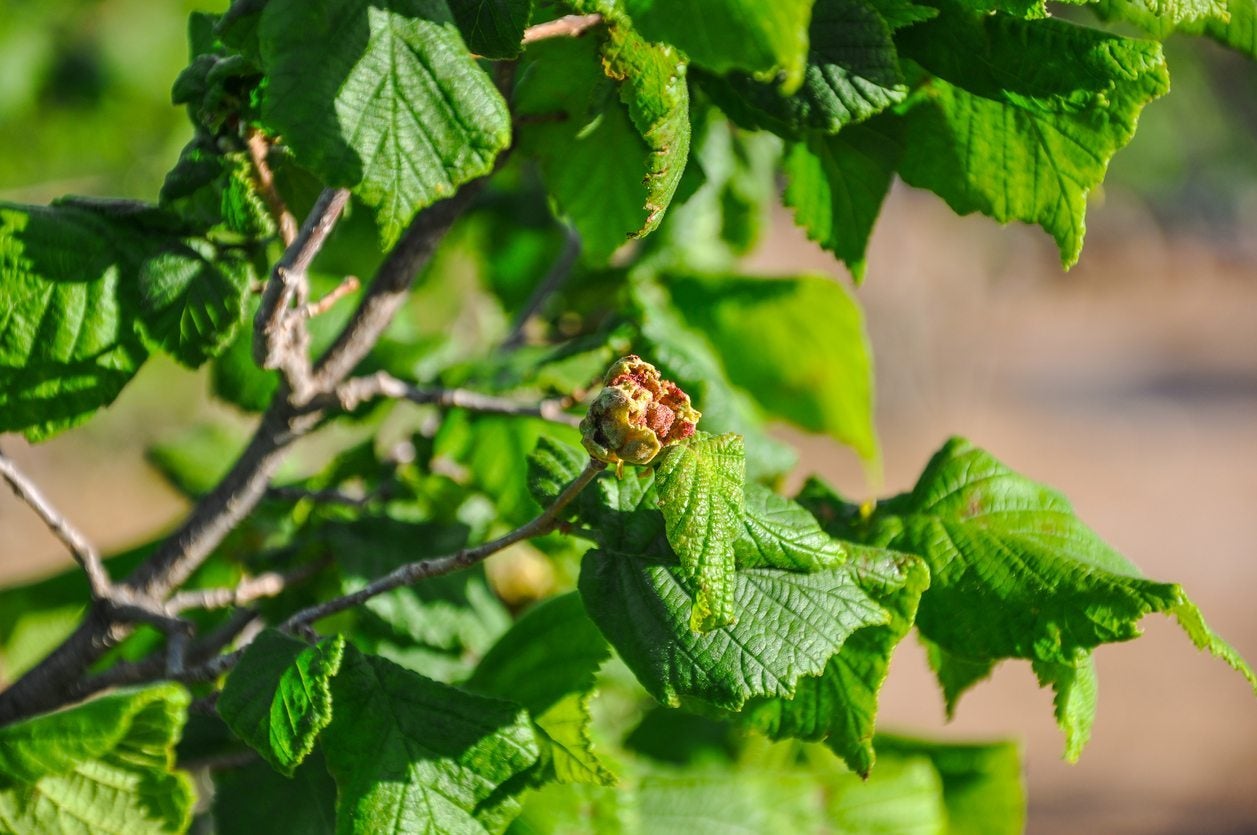

Your friends are busy boasting about their homegrown strawberries and melons, but you have much bigger plans. You want to grow nut trees. It’s a big commitment, but it can yield a big reward if you have the space and time to dedicate to nut growing. One of the many things you’ll want to learn more about is diseases that affect nut trees. Treating a sick nut tree early is important to preserving all your hard work and protecting your harvest! Read on for information on what diseases affect nut trees.
Common Nut Tree Diseases
Although we don’t have enough space to cover all possible nut tree diseases and nut tree disease symptoms, we’ve picked out some common nut tree diseases to highlight in order to get you started on your nut tree care adventure. As your trees grow and mature, keep your eyes open for these common problems: Anthracnose. Wet weather in late spring and early summer make anthracnose better able to survive on nut trees. When the fungus infects leaves, it can cause them to drop prematurely, resulting in tree defoliation, or pinkish lesions may form on the nuts themselves. You can choose to replace your trees with anthracnose resistant varieties or you can try to save the trees you have with sprays of fungicides like mancozeb or benomyl. Sanitation is really important for preventing reinfection, as is establishing a preventative spray program. Spray with a fungicide when the leaves just start to unfold, then four more times at two week intervals. Leaf spots. Various leaf spot diseases occur in nut trees, resulting in decreased ability to photosynthesize and increased stress. Leaf spots might be yellow, brown, or black, the size of the head of a pin or of a coin, but in nut trees they can all significantly influence your yield. When you notice leaf spots, start a spray program using copper fungicide (unless fruit are still very young, in which case a phytotoxic reaction is possible). Ideally, you’ll begin spraying when the leaves unfold and spray monthly until mid-summer. Oak root fungus. When small, gold-colored mushrooms appear at the base of your nut tree, it’s not a good sign. Your tree may be suffering from oak root fungus, also known as honey mushroom rot. Unfortunately, once you see the mushrooms, it’s years too late to prevent the infection or reverse it. Infected trees will show an overall decline, may experience dieback, and if you peel the bark back, you’ll find the signature white mycelial fans that are the hallmark of the disease. There’s no cure and no long-term treatment. The best you can do is remove the tree and try to prevent the fungus from spreading. Make sure all the parts of the tree have been cleaned up, including chunks of root that might be buried.
Gardening tips, videos, info and more delivered right to your inbox!
Sign up for the Gardening Know How newsletter today and receive a free copy of our e-book "How to Grow Delicious Tomatoes".

Kristi Waterworth was a regular contributor to Gardening Know How for many years, answering countless queries on plant pests and diseases.
-
 Get Ready For A Summer Of Hummers! Grow These Full Sun Hummingbird Plants and Flowers
Get Ready For A Summer Of Hummers! Grow These Full Sun Hummingbird Plants and FlowersIf you’re lucky enough to enjoy a sunny backyard, make sure you are maxing out on your pollinator opportunities and grow these full sun hummingbird plants and flowers
By Tonya Barnett
-
 12 Lush Alternatives To A Lawn For Sustainable Spaces
12 Lush Alternatives To A Lawn For Sustainable SpacesAlternatives to a lawn are beautiful and also beneficial to your local ecosystem and its pollinators. Explore our top picks for plants to replace grass.
By Tonya Barnett
-
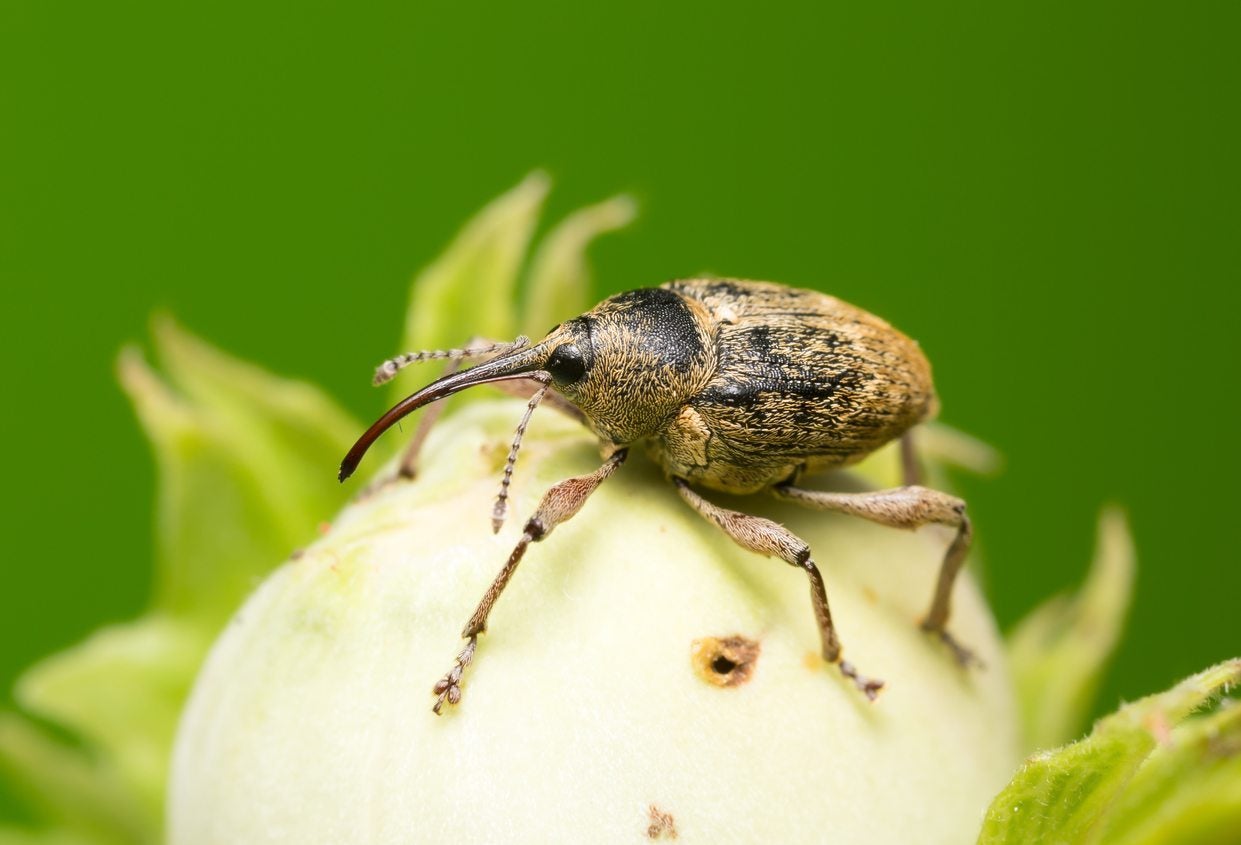 What Are Nut Tree Pests: Learn About Bugs That Affect Nut Trees
What Are Nut Tree Pests: Learn About Bugs That Affect Nut TreesGrowing nuts can be a fun experience, but like any other fruiting plant, it's important to know what can go wrong and be prepared. This article will discuss the common pests of nut trees and ideas for dealing with them if it's your turn to have to exterminate tree bugs.
By Kristi Waterworth
-
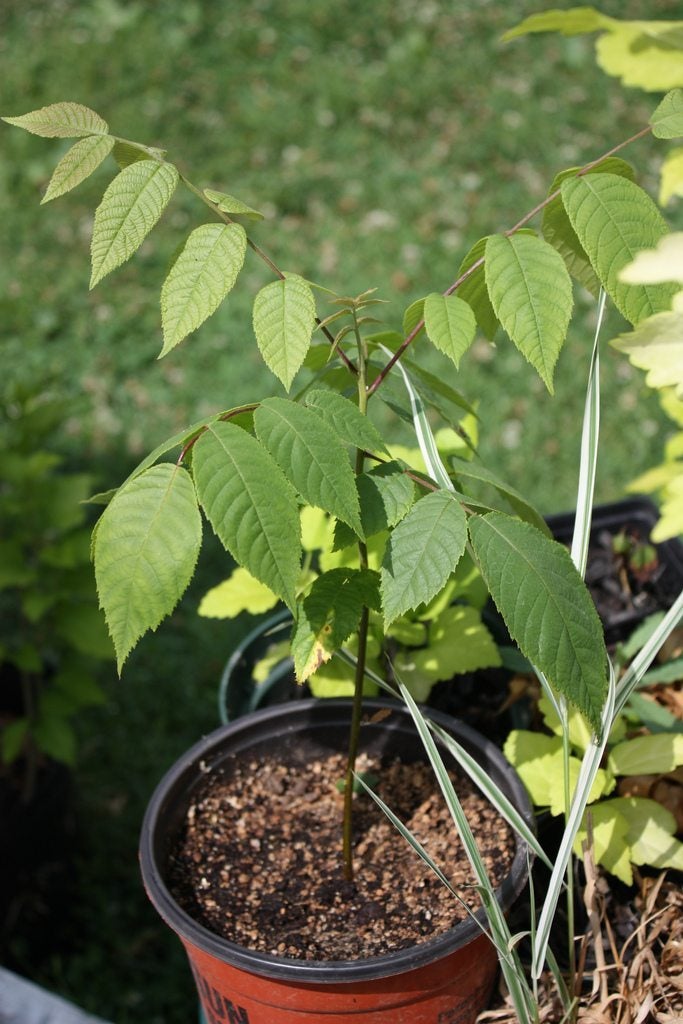 Nut Trees In Containers: How To Grow A Nut Tree In A Pot
Nut Trees In Containers: How To Grow A Nut Tree In A PotWhile container gardening generally involves small crops or flowers, there are dwarf fruit trees on the market suited for growing in containers. What about nut trees? Can you grow nut trees in pots? Click on this article learn more.
By Amy Grant
-
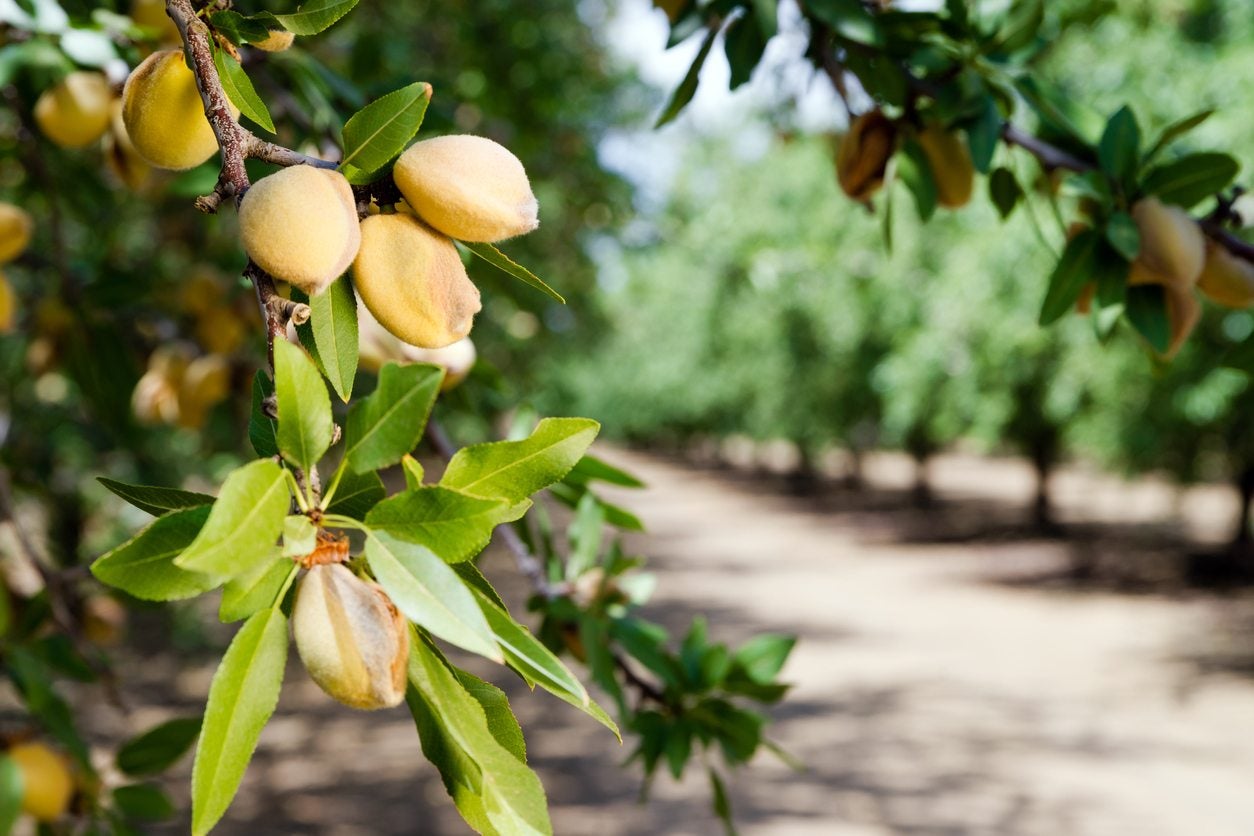 Nut Tree Fertilizer: When And How To Fertilize Nut Trees
Nut Tree Fertilizer: When And How To Fertilize Nut TreesNut trees, like fruit trees, produce better if they are fed. The process of fertilizing nut trees begins long before you have the joy of eating your own nuts. Do you want to know how to fertilize nut trees? Click here for all the information you will need.
By Teo Spengler
-
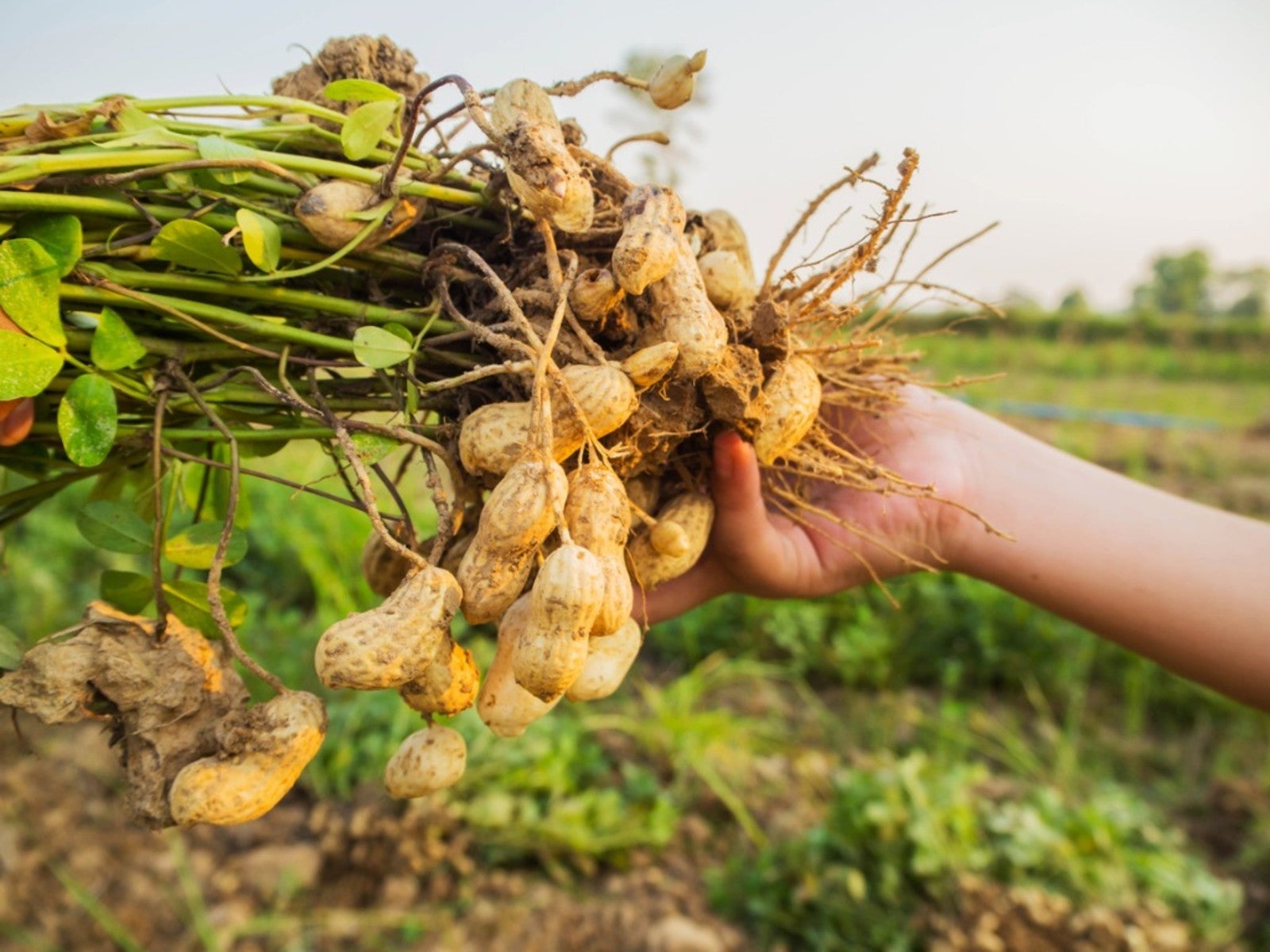 Types Of Nuts In Gardens – Information On Seed Vs. Nut Vs. Legume
Types Of Nuts In Gardens – Information On Seed Vs. Nut Vs. LegumeConfused about the difference between nuts and seeds? How about peanuts; are they nuts? It sounds like they are but, surprise, they aren't. You would think if the word nut was in the common name it would be a nut, right? Click here to clarify the differences.
By Amy Grant